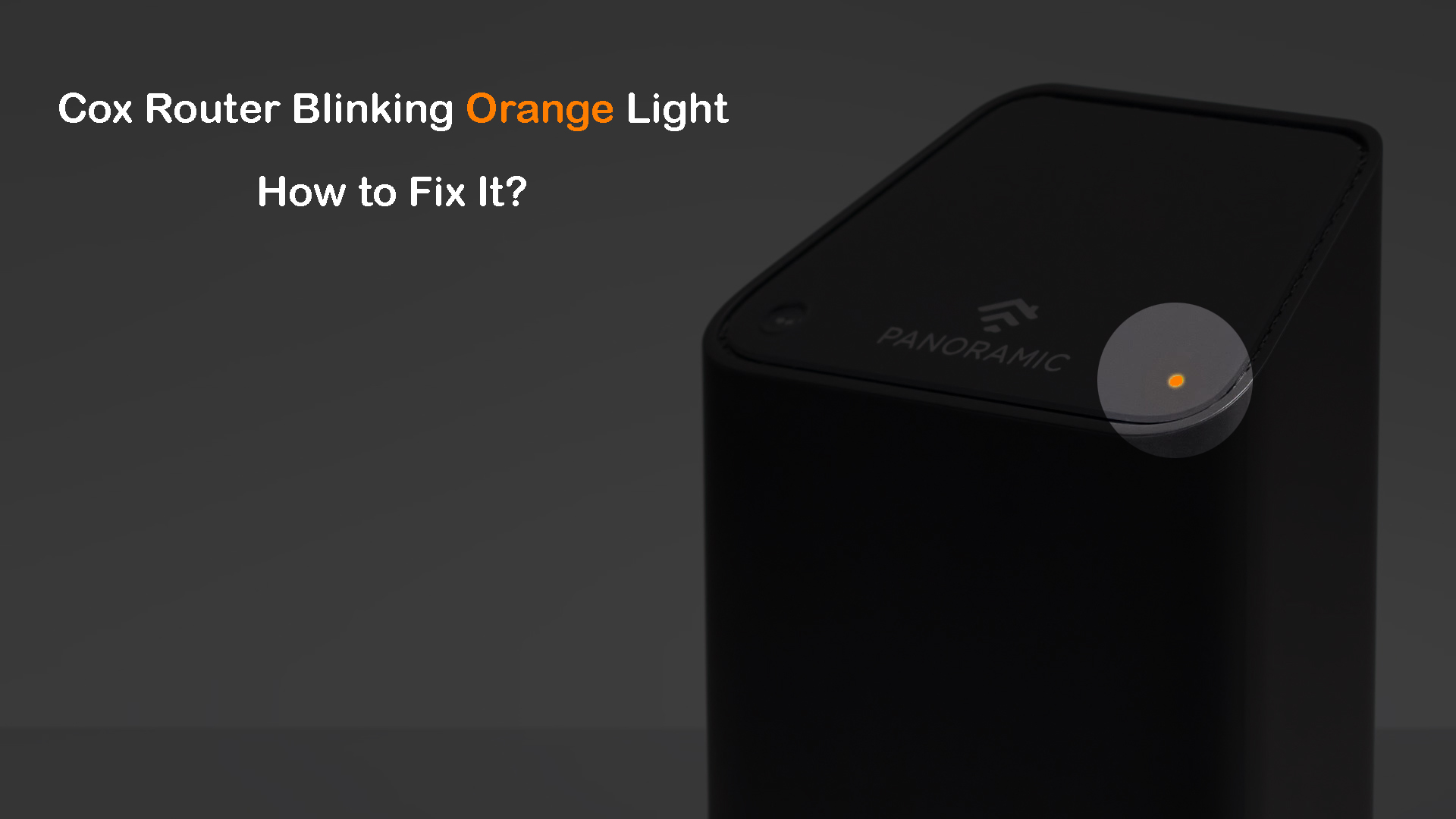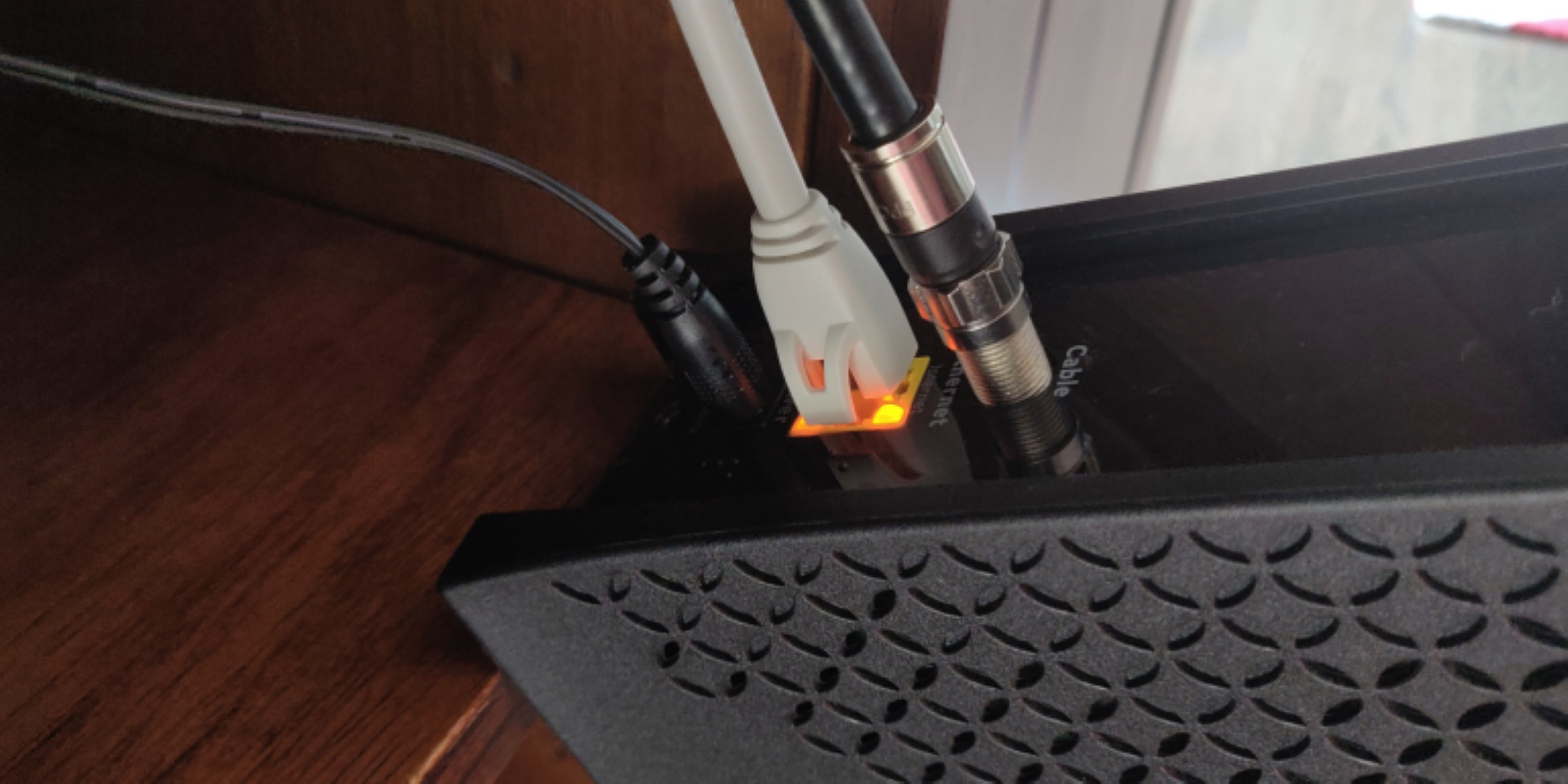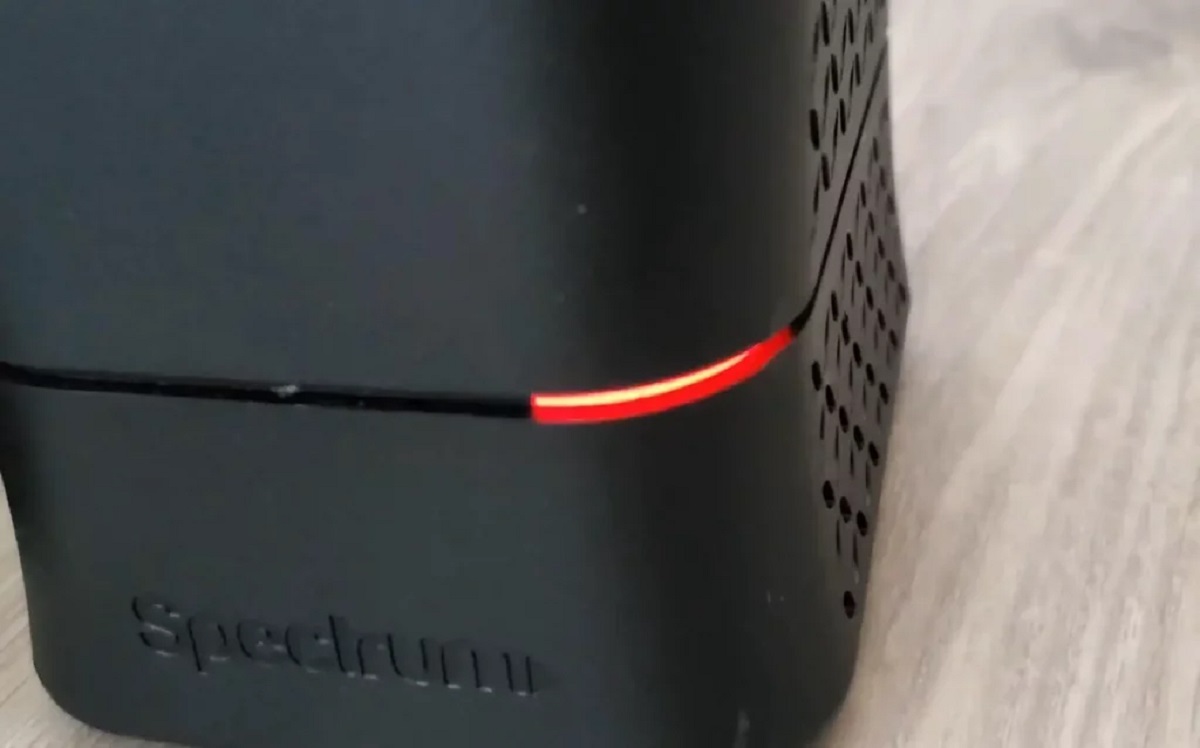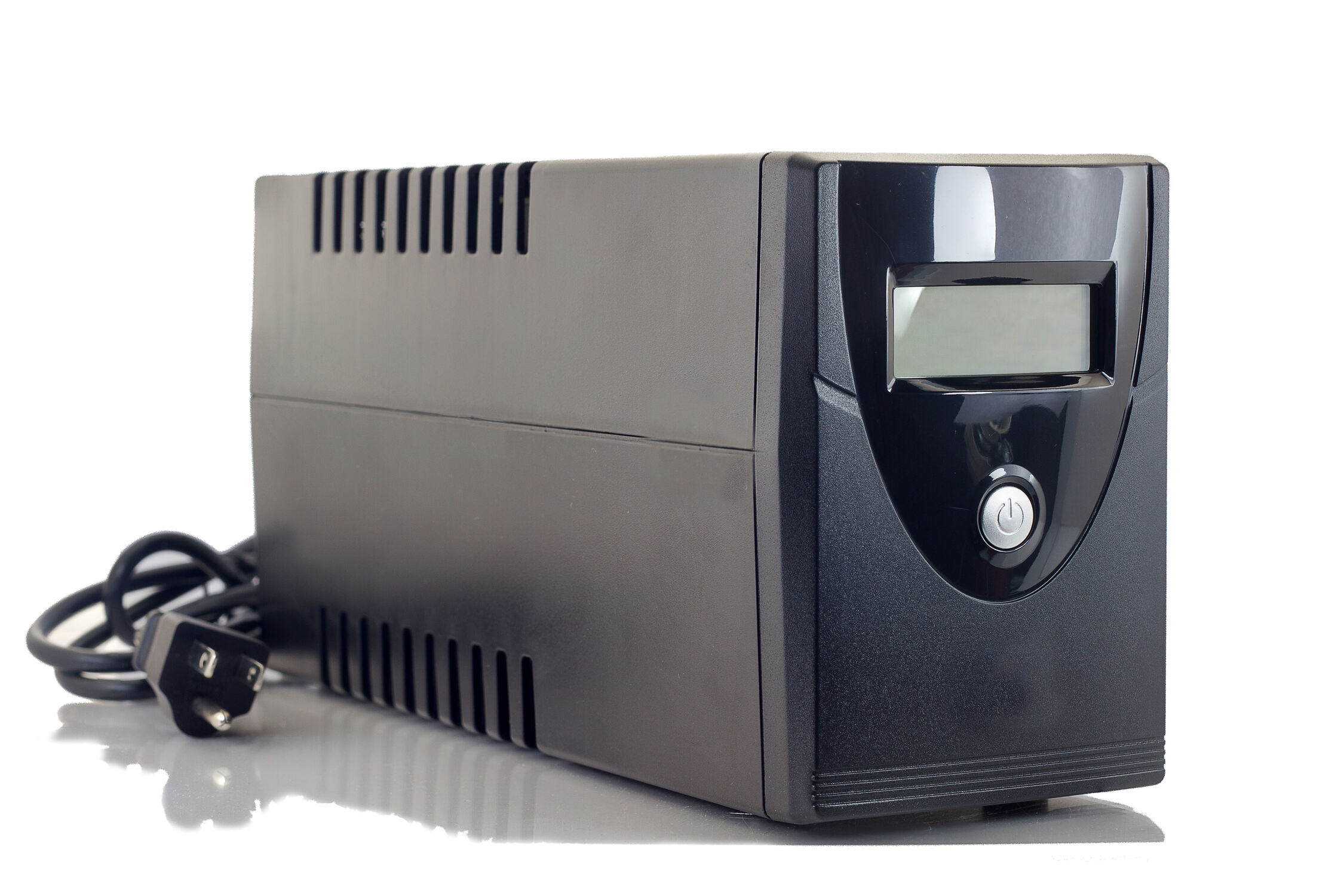Understanding the Mysterious Blinking of a Single Light on Your Network Switch
Introduction
Have you ever noticed a solitary light blinking on your network switch and wondered what it means? The blinking of lights on network switches can often seem like a cryptic language, leaving many users perplexed about their significance. While most individuals are familiar with the concept of network switches and their vital role in connecting devices within a network, the meaning behind the blinking lights isn't always clear. In this article, we will delve into the world of network switches, unravel the mystery behind the blinking lights, explore the common causes of a single light blinking, and provide troubleshooting tips to address this issue.
Network switches serve as the backbone of modern networking, facilitating the seamless communication between devices within a network. These devices are equipped with multiple ports, each representing a connection point for network devices such as computers, printers, and servers. The blinking lights on a network switch are indicators of the activity and status of the ports, providing essential information about the network's functionality. However, when only one light is blinking, it can raise concerns and prompt the need for further investigation.
In this comprehensive guide, we will demystify the reasons behind a single light blinking on a network switch, empowering you to understand and address this common networking conundrum. By gaining insights into the inner workings of network switches and the significance of their blinking lights, you will be better equipped to troubleshoot and resolve any issues that may arise. Let's embark on this enlightening journey through the realm of network switches and illuminate the path to understanding their enigmatic blinking lights.
Understanding Network Switches
Before delving into the intricacies of network switch lights, it’s essential to grasp the fundamental role of network switches in modern computing environments. A network switch is a crucial networking device that operates at the data link layer of the OSI model, facilitating the efficient and secure transmission of data within a local area network (LAN). Unlike hubs, which indiscriminately broadcast data to all connected devices, switches intelligently direct data packets only to their intended recipients, optimizing network performance and security.
Network switches are equipped with multiple ports, each serving as a connection point for network-enabled devices. These ports may be labeled numerically or descriptively, such as “1,” “2,” “3,” and so forth, or “LAN,” “WAN,” “Server,” and “Printer,” providing a clear indication of their intended usage. When devices are connected to the switch’s ports, the corresponding lights on the switch illuminate to signify the status and activity of each port.
Typically, the lights on a network switch convey vital information such as link status, speed, and activity. The link status light indicates whether a device is physically connected to a port, while the speed light reflects the data transfer rate negotiated between the switch and the connected device. Additionally, the activity light blinks to signify data transmission or reception on the corresponding port.
Understanding the role of network switches and the significance of their indicator lights is pivotal in effectively managing and troubleshooting network-related issues. By comprehending the purpose of these lights, users can gain valuable insights into the functioning of their network and promptly identify any anomalies or connectivity issues. With this foundational knowledge in place, we are poised to explore the potential reasons behind the perplexing scenario of a single light blinking on a network switch.
Common Causes of One Light Blinking
When confronted with the puzzling sight of a solitary light blinking on a network switch, several common causes may underlie this phenomenon. Understanding these potential triggers is instrumental in diagnosing and resolving the issue effectively. Here are some prevalent factors that can lead to a single light blinking on your network switch:
- Network Traffic: A common cause of a single blinking light on a network switch is the presence of network traffic. When data is actively being transmitted or received through a specific port, the corresponding activity light will blink, indicating the flow of information. This is a normal occurrence in a functioning network and does not necessarily indicate an issue.
- Device Connectivity: If a single device connected to the switch is actively transmitting or receiving data, the associated port’s activity light will blink. This can occur when a computer is accessing network resources, a printer is receiving a print job, or any other network-enabled device is engaged in data exchange.
- Port Configuration: In some cases, the configuration of the network switch’s port settings can lead to a single light blinking. This may occur due to specific port configurations, such as port mirroring, which duplicates network traffic from one port to another for monitoring or analysis purposes.
- Network Anomalies: Anomalies within the network, such as broadcast storms or network loops, can cause unexpected behavior in network switches, leading to the blinking of a single light. These irregularities can disrupt the normal flow of data and result in port activity that triggers the blinking light.
- Hardware Issues: Hardware malfunctions or issues with the network switch itself can also contribute to the blinking of a single light. Faulty ports, damaged cables, or internal component failures can manifest as irregular port activity, prompting the corresponding light to blink intermittently.
By recognizing these common causes, network administrators and users can gain valuable insights into the underlying factors contributing to the blinking of a single light on a network switch. With this awareness, troubleshooting efforts can be targeted and tailored to address the specific root cause, ensuring a swift resolution to the issue.
Troubleshooting the Issue
Addressing the scenario of a single light blinking on a network switch necessitates a systematic approach to troubleshooting. By employing the following strategies, network administrators and users can effectively diagnose and resolve the underlying issues causing the anomalous blinking of a port light:
- Port Inspection: Begin by visually inspecting the port exhibiting the blinking light. Ensure that the connected device and the Ethernet cable are securely seated in the port. If the cable appears damaged or improperly connected, rectify the issue by reseating or replacing the cable.
- Network Traffic Analysis: Utilize network monitoring tools to analyze the traffic patterns on the affected port. Identify the source and destination of the data flow, as well as the type of traffic being transmitted. This analysis can reveal any unexpected or unauthorized network activity that may be triggering the blinking light.
- Configuration Review: Review the configuration settings of the network switch, focusing on the port exhibiting the blinking light. Verify that the port settings align with the intended network requirements and operational standards. Pay particular attention to any port mirroring or specialized configurations that may be contributing to the observed behavior.
- Network Diagnostics: Conduct comprehensive network diagnostics to identify and address any anomalies or irregularities within the network infrastructure. This includes assessing the overall network health, identifying potential broadcast storms, and detecting network loops that could impact switch performance.
- Hardware Testing: If all other troubleshooting measures prove inconclusive, consider conducting hardware tests on the network switch. This may involve testing the port for hardware faults, examining the switch’s internal components, and ensuring that the switch is functioning optimally.
By systematically implementing these troubleshooting steps, network administrators and users can methodically isolate and resolve the issues leading to the blinking of a single light on the network switch. It is essential to document the troubleshooting process and any changes made to the network configuration, facilitating a comprehensive understanding of the issue and its resolution.
Conclusion
As we conclude our exploration of the enigmatic blinking of a single light on a network switch, it becomes evident that understanding the intricacies of network switches and their indicator lights is paramount in effectively managing and troubleshooting network-related issues. The blinking lights on a network switch serve as invaluable visual cues, offering insights into the status, activity, and potential anomalies within the network infrastructure.
By unraveling the common causes of a single light blinking, we have shed light on the various factors that can contribute to this phenomenon, ranging from benign network activity to more complex network anomalies and hardware issues. Armed with this knowledge, network administrators and users are empowered to identify and address these underlying causes, ensuring the optimal performance and reliability of their network environment.
Moreover, the systematic troubleshooting strategies outlined in this guide equip individuals with a structured approach to diagnosing and resolving the blinking light issue. From port inspection and network traffic analysis to configuration review and hardware testing, these strategies provide a comprehensive framework for effectively addressing the blinking of a single light on a network switch.
As technology continues to evolve, the role of network switches remains integral to the seamless functioning of modern networks. By fostering a deeper understanding of network switch behavior and indicator lights, users can navigate the complexities of network management with confidence and precision, ensuring the uninterrupted flow of data and the robustness of their network infrastructure.
In essence, the blinking of a single light on a network switch, once shrouded in mystery, becomes a decipherable signal, guiding users toward a deeper comprehension of their network’s dynamics and the means to resolve any challenges that may arise. With this newfound understanding, the blinking light transforms from an enigma into a beacon of insight, illuminating the path to a more resilient and optimized network environment.

























